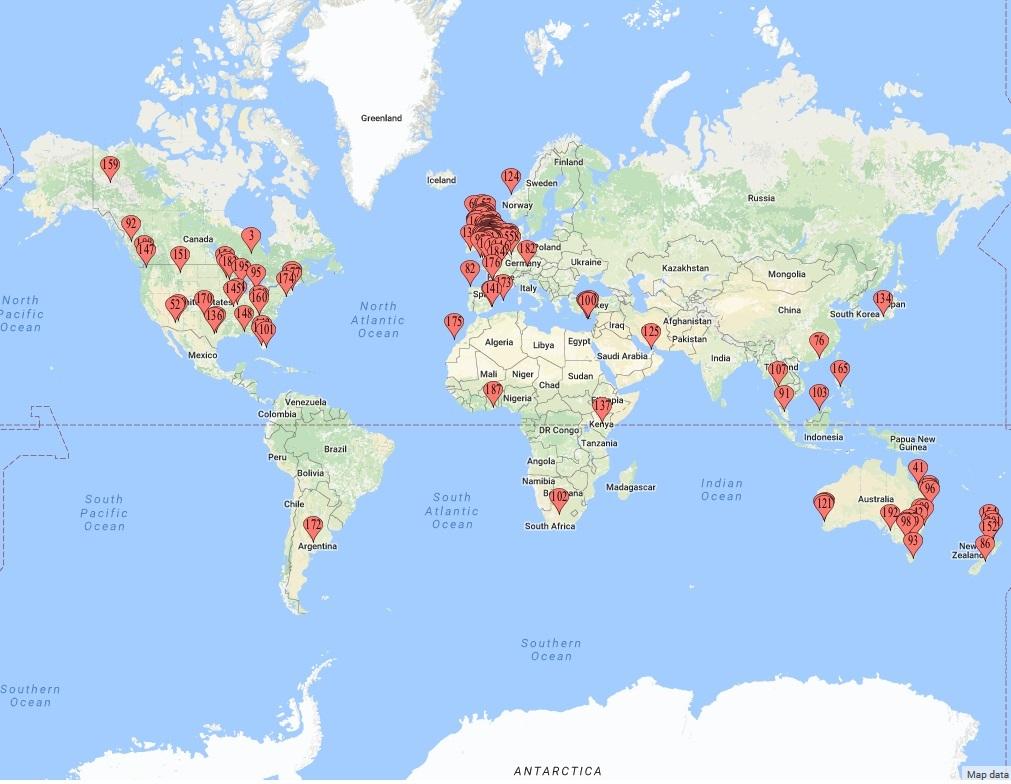Safeguarding – Hoaxes and Fake News
You may well have seen news and social media posts about ‘Blue Whale’, the posts urge you to share to protect young people from a viral suicide game. https://www.thesun.co.uk/tech/3003805/blue-whale-suicide-game-online-russia-victims/. The ‘Blue Whale’ story is a hoax, or fake news, something which is permeating almost every news area recently. http://www.netfamilynews.org/blue-whale-game-fake-news-teens-spread-internationally
Alerts are often shared over social media, even when initially shared through more conventional routes, such as letters home to parents. The danger with a social media share of a hoax or fake story is that it will also reach young people. There are significant pressures caused by FOMO – fear of missing out; this affects body image, feelings of belonging and for a young person with poor mental health it may encourage them to consider or copy a dangerous behaviour.
The other issue with sharing specific alerts is that adults will, with the right intentions, focus on the specifics of the story and so may be less open to the signs and symptoms of harm and abuse. The child must be at the centre of our concerns, and if it took a news story to make us take a child self-harming, such as is in the ‘Blue Whale’ hoax, as a serious concern then we really have to question our own commitment to and understanding of safeguarding.
This hoax/fake issue has happened before, for example:
- Many ‘white van kidnapping/abduction’ stories fall into this area. There are frequent social media stories about attempted kidnappings, they spread fast and can result in thousands of shares over a 24-hour period. Often they have no specific location, they are not timed or dated, there is no detail, just fear.
- There was a case involving ‘Talking Angela’, an app where children can hold a text conversation with an animated cat. Stories went round that the app was developed by paedophiles to gain access to children, this was a hoax http://www.thatsnonsense.com/is-the-talking-angela-app-safe-for-kids-we-take-a-look/.
- In August 2013 fourteen year old Hannah Smith committed suicide; the news stories told us Hannah had been bullied on Ask.fm https://www.theguardian.com/society/2013/aug/06/hannah-smith-online-bullying. Calls were made to close the site, it was said that the site promoted bullying and suicide; even David Cameron joined in calling for the site to be closed. The Ask.fm site owners stayed quiet – they stayed quiet because they were working with Police, providing facts behind the case. Sometime later, it emerged that the bullying messages Hannah had received were sent from her own computer, she had sent the messages to herself https://www.theguardian.com/uk-news/2014/may/06/hannah-smith-suicide-teenager-cyber-bullying-inquests. This case was not about an evil website, but about the poor mental health of a teenager.
There will always be risk, and stories such as http://www.mirror.co.uk/news/world-news/horrified-parents-warn-paedophiles-using-8363035 ‘Horrified parents warn paedophiles are using hugely popular musical.ly mobile phone app to groom underage children’ – are based in truth, but need to be put into context – every online app with any communication aspect is open to this risk, some are moderated, some have software monitoring, but the risk will always be there. The danger here is that musical.ly is seen as dangerous, but another similar app is seen as safe. The danger in focusing on a particular app is that some parents will ban the app, instead of understanding paedophiles will be there on all apps. Just as if you take children out to a park or a shopping centre, they will be there too. The most important messages are about keeping safe online:
- Follow the age restrictions
- Put privacy settings on
- Don’t participate in anonymous chat
- Block, delete and report users or posts that worry you.
Encourage parents to keep the conversation going at home, to talk to their child about what they are doing online. Schools and family at home should celebrate the exciting things and provide sensible advice, caution and support if children are taking risks and report if concerned.
Where there is an alert about a ‘real world’ situation, such as an attempt to abduct a child, make sure information is specific, timed, dated and located. Offer sensible and ongoing advice to parents and children - children must be aware of their personal safety, tell a trusted adult if they are worried or concerned. Let them know that 999 calls are free from mobile phones and phone boxes.
The risk will always be there, but learning about risk and learning how to manage and mitigate risk is key learning for children and young people. We have to help them with this, and raise concerns where a child is at risk of harm and abuse.
Useful sites
That’s nonsense http://www.thatsnonsense.com/
Hoax slayer http://www.hoax-slayer.net/
Snopes http://www.snopes.com/
Support sites
UK safer internet centre https://www.saferinternet.org.uk/
LGfL Online Safety http://os.lgfl.net
Childnet http://www.childnet.com/
NSPCC https://www.nspcc.org.uk/
Parentzone https://parentzone.org.uk/
Guest Post by: Penny Patterson
Havering Education Services
April 2017



